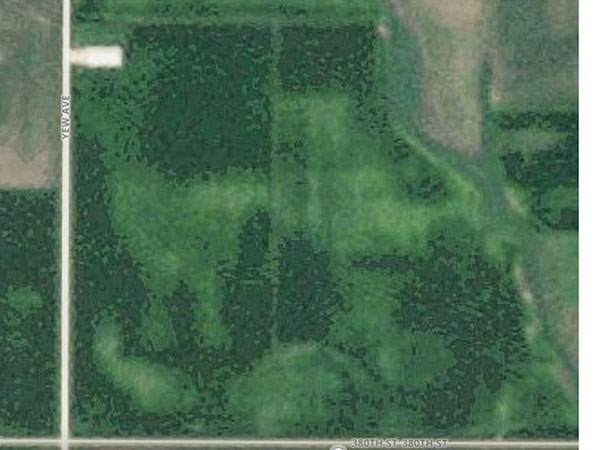It’s been wet over the whole state of Missouri. Since October, really, but especially in May.
This has affected a lot of people. Flooded river bottoms, bridges closed, eroded fields, corn planted and then rotted or drowned, upland soils saturated for days due to repeated rains.
For cornfields that made it through, and for those that have been replanted, nitrogen (N) availability is a big question. Since May 1, there have been optimum conditions for N loss in many Missouri fields, particularly poorly drained soils. Most of Missouri is in the Danger Zone for N loss, as reported in the Nitrogen Watch feature on our website.
Not many farmers got their N applied in the usual way and at the usual time this year. And, in many ways, better that they didn’t, because the potential is there for a lot of N applied at normal times to have been lost. Later applications have had less exposure to loss processes. If corn is N-deficient, applications until at least tasseling stage will give large yield responses, and probably until two or more weeks after tassel.
For farmers who usually use ammonia, but switched to dry or liquid N to save time, fertilizing got done a lot faster, but the potential for loss went up. This is because dry and liquid N convert to the nitrate form faster than ammonia does.
For those who did get ammonia applied in the fall, it probably wasn’t much different than applying it in March due to the cold, wet fall and winter. Cold and wet both slow conversion of the ammonia to nitrate.
By now, pretty much all fertilizer applied before planting is in the nitrate form and vulnerable to loss. Unless you applied last week and then planted.
In fields where N has been lost (most of them), N deficiency is likely to limit yield potential and could cost farmers a lot of money. Applying extra N will fix the deficiency and raise yield potential. But loss is much higher in the wettest parts of the field, so those are the areas where applying more N will make the most money.

Satellite image of cornfield with nitrogen deficiency
How can you tell whether N has been lost in a field? Plant color is the most accurate way. A field with a lot of light green or yellow should have more N applied. If it’s only 5% of the field, it won’t pay, but if it’s 50%, it will pay a lot. But the dark green areas are unlikely to give extra yield with more N.
Farmers looking at their options for late and/or rescue fertilizer N applications face two major challenges: how much N to apply where, and how to identify the best source and method available to apply N in a rapidly growing crop. The good news is that you have time to make these decisions if you have access to high-clearance application equipment or aerial application. The corn plant gives its best signal about N starting around V8 and full yield from N applications frequently extends until tasseling or later.
The best way to evaluate corn color to develop an N recommendation is from above, The Planet satellites are now getting an average of 4–5 pictures a week of most fields (though some of those will have clouds). Anyone can sign up for a free account and look as much as they want at Planet.com. Closer to earth, drones provide higher resolution, possibly useful prior to canopy closure, but are much slower and can have trouble with changing light conditions. Hand-held chlorophyll meters can work, but these are labor-intensive and do not give a picture of the whole field.
The next challenge is translating corn color into a recommendation. A rule of thumb with many corn color approaches is that N is needed on areas of the field where the ratio of the "greenness" is less than 95% of well-fertilized (darkest green) areas of the field. The best approach is to use a commercial service that provides an N application control file so N is only applied where it is needed based on the imagery. At least one commercial company is active in Missouri providing this service.
Farmers should investigate the availability of high-clearance applicators in their area. One common approach that has low potential to damage the crop is high-clearance spinner spreaders using urea or urea treated to reduce volatilization. UAN solution has high potential to damage the crop and be tied up on residue unless it is applied below the canopy, ideally in contact with the soil. Aerial applications are another option in many areas of Missouri.
We have recommended for nearly a decade that farmers move to split-N or sidedress-N application strategies to reduce the potential for early season N loss and to allow the plant to tell you how much fertilizer N it needs. In 2019, excessive wet conditions are forcing farmers to learn about their options for in-season N applications.
If you have questions about how to manage side-dress- and rescue-N applications, contact your region's extension agronomist or agricultural engineer.